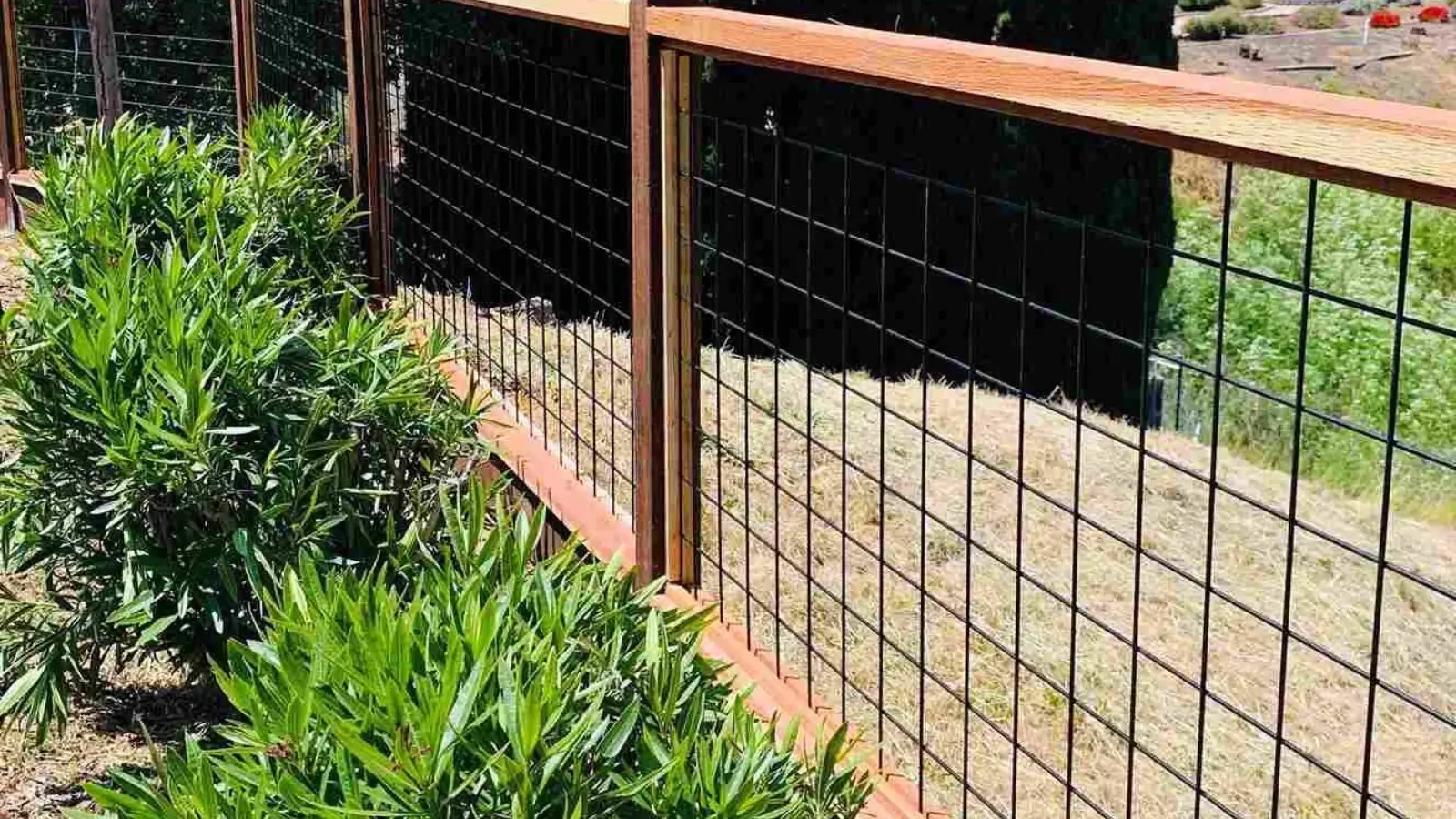


When planning to protect your property or garden from deer, one of the first questions that comes up is: how much does a deer fence cost per foot? Knowing this helps you budget correctly and choose the best fencing option for your needs. However, the cost per foot can vary widely depending on several important factors. This article breaks down the main elements affecting the price per foot of deer fencing in 2025, so you can make an informed decision.
The material used for your deer fence is one of the biggest influences on how much does a deer fence cost per foot. There are several common options:
Polyethylene Mesh: This plastic mesh is popular because it’s lightweight, weather-resistant, and easier to install. It tends to be more affordable per foot compared to metal fencing, but still offers strong protection against deer.
Wire Mesh: Made from galvanized steel or similar metals, wire mesh is heavier and more durable. It usually costs more per foot due to the material itself and the labor required for installation.
Electric Poly Fencing: These systems combine polyethylene mesh with electric wires to deliver a mild shock to deter deer. The materials can raise the price per foot, but the added effectiveness might save money in the long run by preventing damage.
The choice of material will affect not only initial costs but also long-term durability and maintenance expenses.
Deer can jump high, so fences usually need to be at least 8 feet tall to be effective. The taller the fence, the more material you need, which increases how much does a deer fence cost per foot.
Some fences include additional features such as angled tops or climb barriers to prevent deer from scaling the fence. These extras require more materials and labor, which will also raise the cost per foot.
Choosing the right height depends on your location and how persistent deer are in your area. Taller fences provide better protection but come with a higher cost per foot.
Tensioning is the process of tightening the fence material to prevent sagging or gaps. Proper tensioning helps the fence stay strong and effective for years.
If your fence requires tensioning, it can increase the overall price per foot because it involves additional hardware and labor. Kits with built-in tensioning systems may cost more upfront but often reduce maintenance costs over time.
Considering whether to include tensioning when evaluating how much does a deer fence cost per foot is important for a reliable fence.
Where you live and the terrain of your property also affect how much does a deer fence cost per foot. Rocky, uneven, or sloped land requires more work to install a fence properly. This may mean extra labor costs or special materials to ensure the fence remains stable.
Climate plays a role as well. Areas with heavy snow, wind, or harsh weather may need stronger posts and reinforced fencing materials, increasing the cost per foot.
Local labor rates also vary. Hiring professional installers in some regions may be more expensive, which adds to the overall fencing cost.
Deciding to install the fence yourself or hire professionals can change the cost per foot significantly.
DIY installation reduces labor costs, lowering the price per foot, but requires time, tools, and effort. Mistakes during installation can cause problems, possibly increasing costs in the long run.
Professional installation adds labor expenses, but experts can ensure the fence is installed correctly, reducing the chances of repairs or replacements.
When asking how much does a deer fence cost per foot, consider which option fits your skills, budget, and schedule.
Fence Length: Larger projects sometimes benefit from volume discounts on materials, slightly reducing the cost per foot.
Additional Features: Gates, electric components, or angled tops will increase the price per foot.
Maintenance Requirements: Some materials need more upkeep, which can add to lifetime costs, though not directly to the price per foot.
To get a good estimate of how much does a deer fence cost per foot, follow these steps:
Determine the total length of the fence you need.
Choose the material and fence height best suited to your needs.
Consider if you want tensioning, gates, or other features.
Decide if you’ll install it yourself or hire a professional.
Research local prices for materials and labor.
Adding these up and dividing the total cost by the length of your fence will give you the price per foot.
When wondering how much does a deer fence cost per foot, remember that many factors come into play. Material choice, fence height, tensioning, terrain, and labor all affect the price. By understanding these elements, you can plan a fence that fits your budget while providing strong, reliable protection against deer.
Taking time to research and consider each factor will help you avoid surprises and get the best value for your investment. Protecting your garden or property with the right fence is easier when you know what influences the cost per foot.